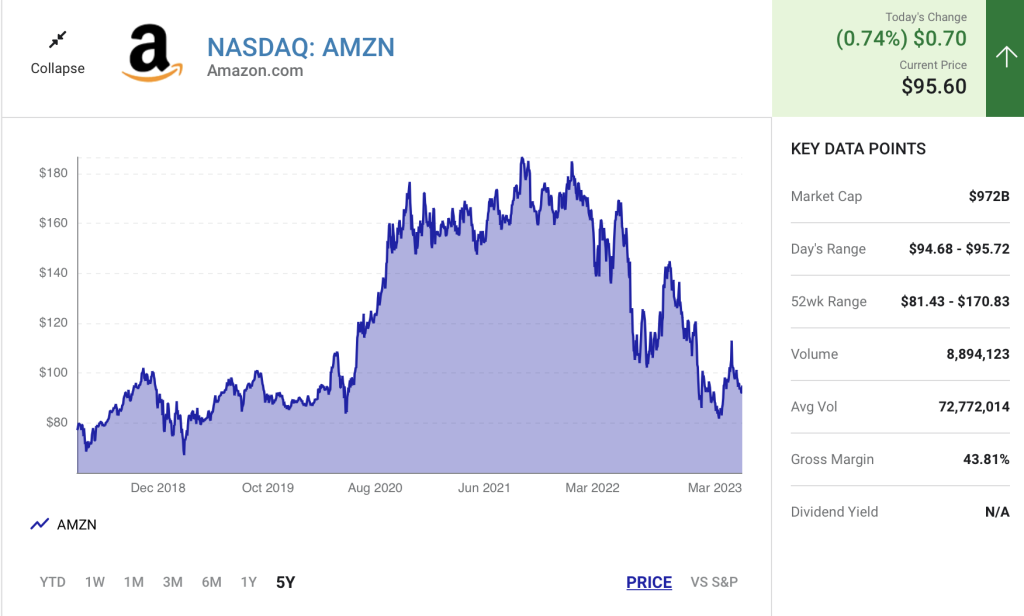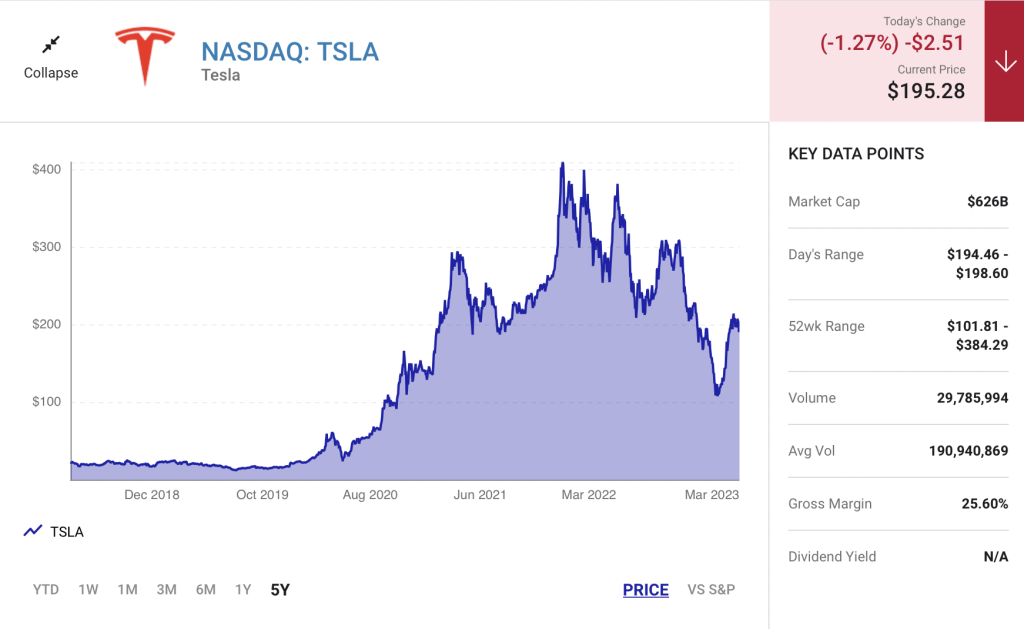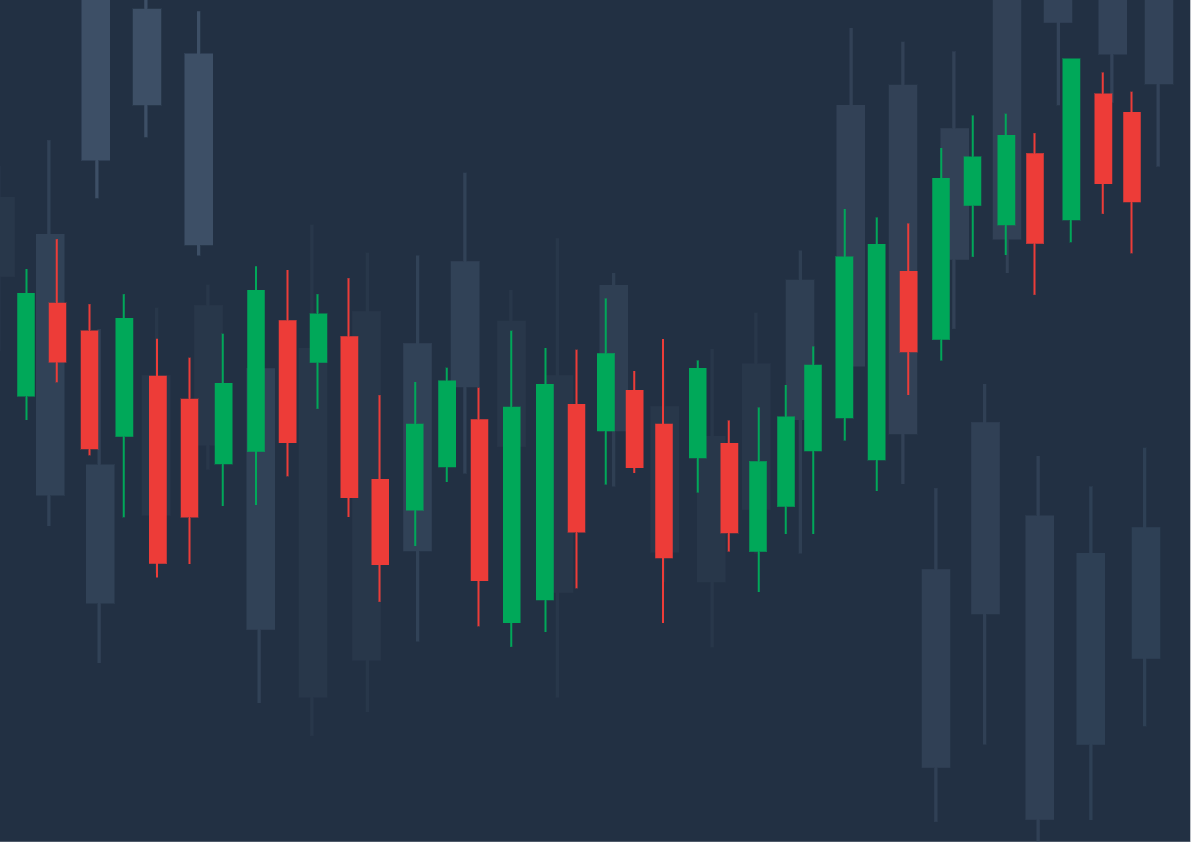One widely held stock-split stock is historically cheap, while another ultra-popular holding is facing a mountain of headwinds.
Regardless of whether you’re a new or tenured investor, putting your money to work on Wall Street can sometimes be an adventure. Investors learned, or were reminded of, this lesson last year, when all three major U.S. stock indexes plummeted into a bear market.
But if there’s one thing investors aren’t lacking, it’s resilience. Despite this turmoil, the investing community found solace among stock-split stocks.
A stock split is an event that allows a publicly traded company to alter both its share price and outstanding share count without having any impact on its market cap or operations. Forward stock splits lower a company’s share price while increasing its share count by a corresponding factor, while reverse stock splits are designed to increase a company’s share price and reduce its outstanding share count by the same magnitude.
Without question, investors have flocked to companies conducting forward stock splits. Companies that fall into this category have typically been firing on all cylinders from an operating perspective. By conducting a forward split, high-flying companies are making their shares more nominally affordable for everyday investors without access to fractional-share purchases with their brokerage.
As we power ahead into March, two stock-split stocks stand out — albeit for very different reasons. One, despite facing near-term headwinds, is historically inexpensive and growing in all the right channels. Comparatively, the other is exceptionally pricey and unlikely to overcome sustained headwinds.
The stock-split stock that’s a surefire buy in March: Amazon
Among the numerous high-profile companies that enacted stock splits over the past year, it’s e-commerce stock Amazon (AMZN 0.74%) that stands out as a surefire buy in March. Amazon split its stock 20-for-1 in early June.
When most people think about Amazon, they probably associate the company with its world-leading online marketplace. Last year, a report from eMarketer estimated that Amazon would account for just shy of 40% of all U.S. online retail sales in 2022. That’s over eight percentage points more than its 14 closest competitors on a combined basis.
But this retail segment is liable to struggle in a post-pandemic environment. Even with consumers steadily shifting their buying habits to e-commerce over time, the growing likelihood of a recession taking shape in the U.S., coupled with a plunging U.S. personal saving rate, is putting a damper on the company’s core revenue driver.

However, there’s a big difference between revenue and cash-flow generation. Although Amazon generates most of its sales from e-commerce, this is a generally low-margin operating segment. A trio of other sales channels bring in the bulk of Amazon’s operating income and cash flow. These three segments — subscription services, advertising services, and Amazon Web Services (AWS) — have sustained a double-digit growth rate (on a constant-currency basis), in spite of a slowing U.S. economy.
The best example of Amazon using the success of its online marketplace as a springboard for a higher-margin sales channel is its Prime membership. As of April 2021, over 200 million people had signed up for Prime worldwide. In exchange for small concessions, such as free two-day shipping and access to select streaming content, Amazon has turned subscriptions into a nearly $37 billion segment, on an annual run-rate basis.
Amazon is also benefiting from the sheer number of eyeballs it attracts to its site. Between December 2021 and May 2022, Amazon drew between 2.2 billion and 2.9 billion unique monthly visitors. Advertisers are well aware that most people visiting Amazon’s marketplace are qualified customers, which is what makes advertising on Amazon’s platform all the more intriguing.
Lastly, AWS gobbled up 32% of global cloud infrastructure service spending in the fourth quarter, according to the latest estimate from Canalys. Even though AWS brings in roughly a sixth of Amazon’s net sales, it’s often responsible for between 50% and 100% of the company’s operating income.
During the 2010s, investors willingly paid a median of 30 times year-end cash flow to own shares of Amazon. Based on Wall Street’s estimate for 2026, investors can buy shares of Amazon right now for only 6.5 times future cash flow. That’s historically cheap for such a dominant company.
The stock-split stock you can avoid like the plague in March: Tesla
On the other end of the spectrum is electric-vehicle (EV) manufacturer Tesla (TSLA -1.27%), which is the stock-split stock investors would be wise to avoid. Tesla enacted a 3-for-1 split in August, which marked its second forward stock split in as many years.
With a market value of $642 billion (as of March 1, 2023), Tesla has obviously done certain things right. Last year, it crossed the 1 million mark in both production and deliveries for the first time in its history. After producing 1.37 million EVs in 2022, management expects production to hit 1.8 million EVs this year, with the ramping of production activity in the Berlin, Germany, and Austin, Texas, gigafactories doing the heavy lifting.
Tesla has also managed to silence critics by pushing into the profit column in each of the past three years. Although Tesla is still benefiting from the sale of renewable energy credits to other automakers, it no longer requires these credits to decisively be profitable. Comparatively, the EV divisions of virtually all new and legacy automakers are losing money.
But in spite of these advantages, there are a preponderance of reasons to believe investors will hit the brakes on Tesla’s pricey stock in the weeks and months to come.

The first issue for Tesla is that a U.S. recession is looking likelier with each passing month. Auto stocks are highly cyclical, and Tesla is no different. If recession-probability indicators are correct, consumer and enterprise spending on new vehicles (including EVs) is likely to taper off in 2023 and/or 2024. It also suggests that persistent supply chain issues may not be resolved anytime soon.
To build on this point, Tesla’s operating performance over the past couple of years clearly shows it’s nothing more than a car company. CEO Elon Musk’s vision to bring solar panel installation into the fold hasn’t worked — solar installation has been a persistent money loser since SolarCity was acquired in 2016 — and its other ancillary businesses are also losing money, once below-the-line expenses are accounted for. The company’s profits are entirely reliant on auto sales, leases, and renewable energy credits, which reinforces the idea that Tesla is subject to cyclical headwinds.
The company’s first-mover advantages aren’t as impressive as they once were, either. Whereas Tesla once touted battery power and range superiority over its EV competition, that’s no longer the case. Whether it’s from new or legacy automakers, Tesla’s flagship Model 3 sedan and Model Y SUV have serious competition.
Additional evidence that competition is hitting home can be seen in Tesla’s EV-pricing activity. The company somewhat recently reduced the sale price of its top models by up to 20% in the U.S. and China, yet is still dealing with higher-than-desired inventory levels.
As I’ve previously expounded, Elon Musk has become a detriment (and distraction) to Tesla. Musk has been preoccupied with newly acquired social media site Twitter, and he’s drawn the ire of securities regulators on a number occasions over the past half-decade. Most importantly, Musk has made a long list of innovation promises which he’s yet to deliver on. These promises have been baked into Tesla’s share price, and they can just as easily be removed.
Traditionally, auto stocks trade at single-digit price-to-earnings multiples. Meanwhile, Tesla stock is currently going for 51 times Wall Street’s consensus earnings in 2023. This doesn’t look sustainable, which is why Tesla is easily avoidable in March.
Read Next – BREAKING: Biden ordered secret military attack on Russia?
Did Biden order a secret US military “hit” on Russian infrastructure?
New video evidence (see it HERE) says YES.
A former CIA and Pentagon advisor is sounding the alarm…
Biden’s new Russia blunder could bring about fuel shortages, widespread blackouts, empty grocery shelves, $1000 energy bills, drained retirement accounts…
…and a nationwide crime wave.





